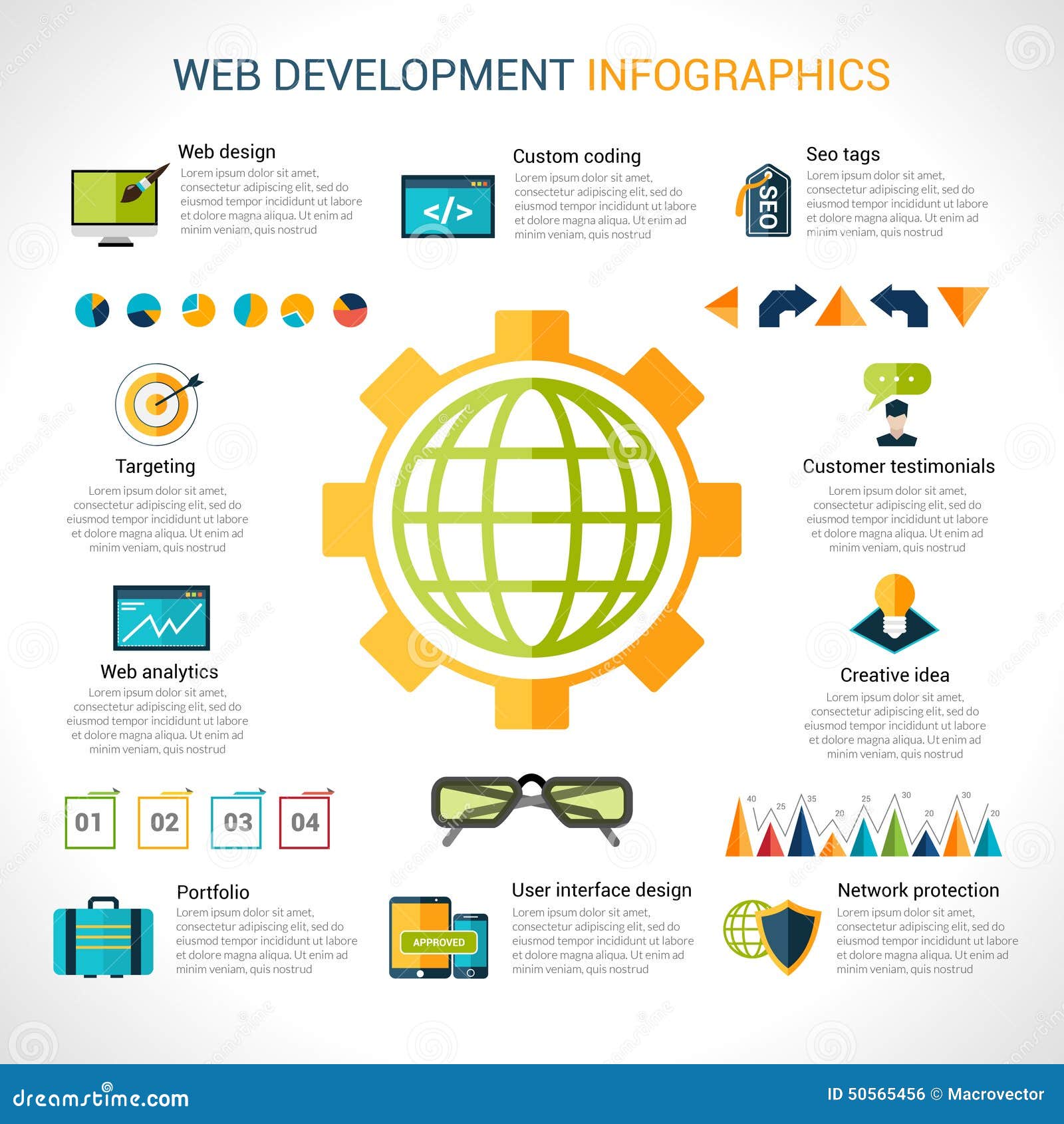Web Site Style Fundamentals: Tips For Structure A User-Friendly Website
Web Site Style Fundamentals: Tips For Structure A User-Friendly Website
Blog Article
Authored By-Abildtrup Ehlers
When it involves website style, making sure user-friendliness is vital. From recommended site to streamlined navigation, every element plays a critical function in developing a site that satisfies your audience's needs. But what concerning the finer information that can make or break a customer's searching experience? Stay tuned as we uncover some often-overlooked pointers that can boost your website's usability to the following degree, making it genuinely stand apart in the electronic landscape.
Significance of Responsive Design
Receptive style is a vital element of contemporary internet site development. Guaranteeing your web site is responsive ways that it can adapt to different display sizes and gadgets, offering a seamless experience for individuals.
With the enhancing use smartphones and tablet computers to access the web, having a receptive style is essential for getting to a broader target market. It assists in improving customer experience by making your web site very easy to browse and keep reading any type of device.
Furthermore, receptive layout can favorably affect your online search engine positions, as online search engine like Google prioritize mobile-friendly internet sites. By having a responsive style, you're likewise future-proofing your internet site, as new tools with varying display sizes remain to arise.
Simplify Navigation Structure
To enhance individual experience and help with easy accessibility to info on your internet site, improving the navigating framework is critical. When developing click here , concentrate on producing a clear and intuitive navigation menu that aids visitors locate what they're looking for promptly.
Limitation the number of menu items to the essentials, organizing related web pages with each other to avoid frustrating users. Usage detailed tags that plainly show the content of each page, making it much easier for customers to understand where each link will certainly take them.
Consider implementing dropdown menus for subcategories to stop cluttering the main navigating bar. Additionally, consist of a search bar prominently on the page for customers who prefer searching for details information.
Prioritize mobile responsiveness in your navigating layout to make sure very easy access on all gadgets.
Maximize Page Tons Speed
Improving web page load speed is vital for preserving visitors on your internet site. Slow-loading pages frustrate users and can lead to high bounce prices. To maximize web page lots rate, begin by maximizing images. Press images without compromising quality to reduce their documents sizes.
Additionally, allow internet browser caching to keep frequently accessed resources in your area, quickening load times for returning visitors. Minify CSS, JavaScript, and HTML data by eliminating unnecessary characters, comments, and formatting, enhancing lots speed.
Consider using a web content shipment network (CDN) to disperse your site's material throughout several web servers worldwide, minimizing latency for customers accessing your website from various locations. Finally, restrict the use of third-party scripts and plugins, as they can considerably affect tons times.
Conclusion
Finally, by including responsive design, streamlining navigation, and enhancing page lots rate, you can develop an easy to use internet site that interest a broader target market and improves user experience. These essential elements make sure that site visitors can quickly gain access to and navigate your site across various devices, leading to boosted engagement and fulfillment. By concentrating on these key aspects, you can build a successful internet site that maintains users coming back for more.
